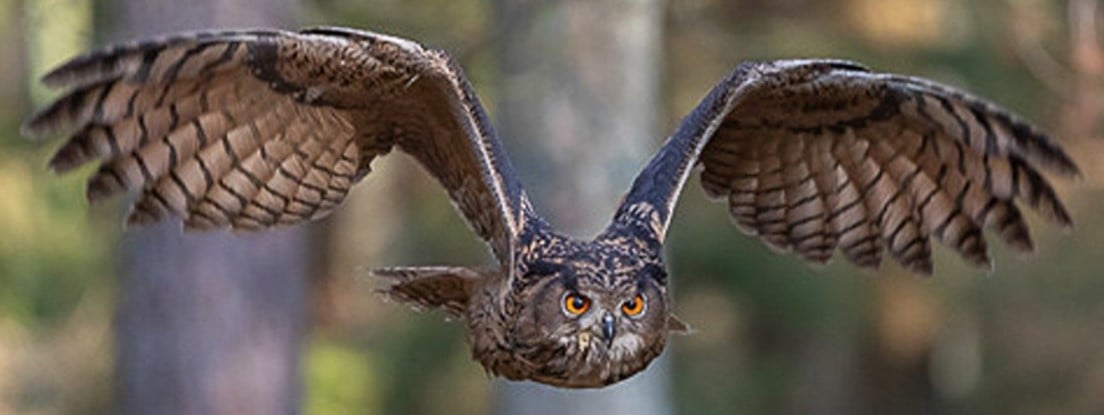From BirdGuides
Türkiye's population of Brown Fish Owl has been estimated at only 50-80 breeding pairs, according to a decade-long study by Doğa Derneği Association.
The findings, based on data gathered over 10 years in the wooded valleys of the Taurus Mountains in southern Türkiye, mark the first comprehensive estimate of the species' presence in the country, as reported by Ornithomedia.
Once thought to be nearly extinct in Türkiye, there was only one confirmed 20th-century sighting of the species, which involved a bird accidentally caught by a fisherman in 1990. However, increasing fieldwork and knowledge of the species' habitat have led to several new discoveries in recent years. Sightings were initially kept secret with valid concerns over the sensitivity of the rare owl, but this changed in July 2011 when a pair was found at an accessible site and was viewable from tourist boat trips.
Sedentary subspecies
The Turkish population belongs to the subspecies semenowi, a sedentary group that has vanished from neighbouring Israel, Syria and Jordan. Its current known range in Türkiye is now restricted to forested valleys, steep cliffs, and fish-rich rivers and reservoirs, particularly in Mersin Province.
Confirmed breeding sites include the Manavgat (Oymapinar) Dam, Köprüçay and Dimçay Valleys, the Tahtalı and Bolkar Mountains, and Termessos National Park. Pairs have also been observed near fish farms, which offer a reliable food source.
Despite these positive observations, the species is believed to be in decline. Ongoing threats include deforestation, mining activity and the expansion of hydroelectric power infrastructure, all of which disturb the owl's nesting sites.
Raising awareness
Conservation groups are working to locate and protect key habitats, with efforts supported by local municipalities and international organisations such as BirdLife International.
Doğa Derneği Association is leading outreach and awareness campaigns about Brown Fish Owl. A poster promoting owl conservation has been distributed to local communities, and a photo exhibition titled 'Discover the Fishing Owl Before Its Extinction' was held in early 2025 at Mersin's Marina shopping centre.
While that's not very many, it is still more than zero. I hope people decide to protect these precious few so as not to lose them forever.



